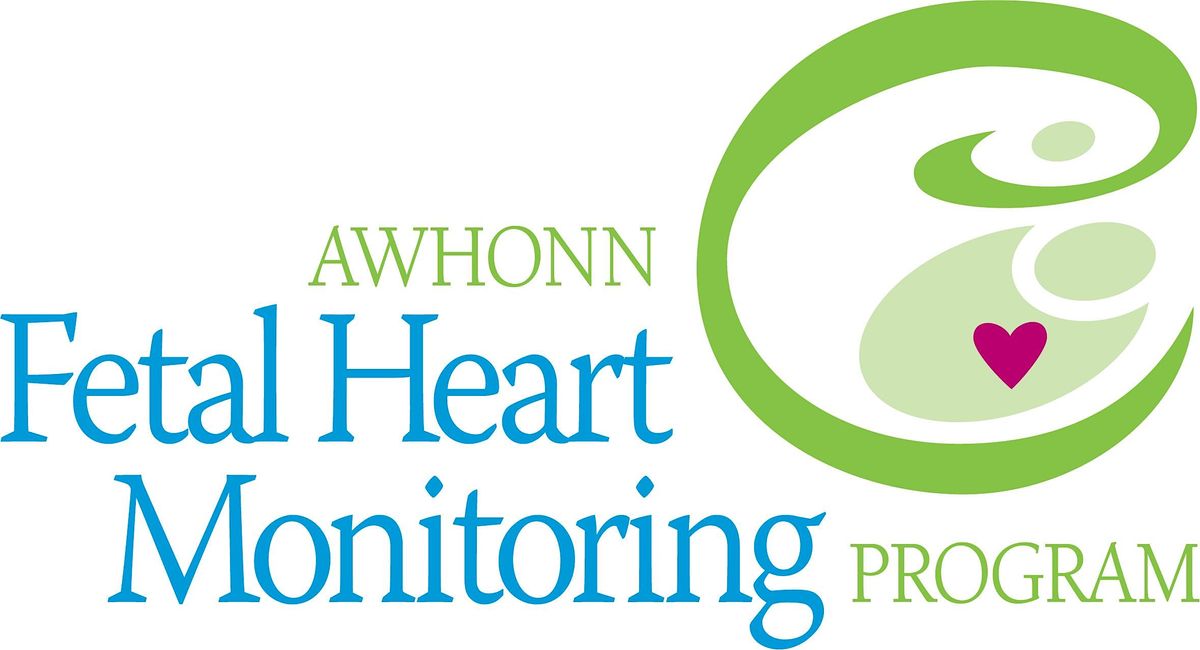Awhonn advanced fetal monitoring test answers provide invaluable insights into the well-being of the fetus during pregnancy and labor. This comprehensive guide delves into the purpose, components, interpretation, clinical applications, and controversies surrounding this essential test, empowering healthcare professionals and expectant parents with the knowledge they need to make informed decisions.
The test involves monitoring fetal heart rate, uterine activity, and maternal vital signs to assess fetal well-being and identify potential complications. By interpreting the patterns observed in these parameters, clinicians can determine the need for interventions, monitor labor progress, and ensure the optimal health of both mother and baby.
Introduction to AWHONN Advanced Fetal Monitoring Test: Awhonn Advanced Fetal Monitoring Test Answers

The AWHONN Advanced Fetal Monitoring Test is a comprehensive assessment tool used to evaluate the well-being of the fetus during labor and delivery. It combines multiple monitoring parameters to provide a detailed picture of fetal status and assist in clinical decision-making.
The test plays a crucial role in identifying potential fetal distress, guiding interventions, and ensuring a safe birth outcome.
Components of the AWHONN Advanced Fetal Monitoring Test
The AWHONN Advanced Fetal Monitoring Test includes three main components:
- Fetal heart rate monitoring: Measures the fetal heart rate and its variability, providing insights into fetal oxygenation and overall well-being.
- Uterine activity monitoring: Records the frequency, duration, and intensity of uterine contractions, assessing the progress of labor and potential risks.
- Maternal vital signs monitoring: Monitors the mother’s heart rate, blood pressure, and temperature, evaluating her physiological status and potential complications.
Interpretation of AWHONN Advanced Fetal Monitoring Test Results, Awhonn advanced fetal monitoring test answers
The results of the AWHONN Advanced Fetal Monitoring Test are interpreted using established criteria and guidelines.
- Fetal heart rate patterns: Classified into three main categories (normal, suspicious, pathological) based on specific characteristics such as baseline rate, variability, and accelerations/decelerations.
- Uterine activity patterns: Evaluated for frequency, duration, and intensity, providing information about the progress of labor, potential uterine overstimulation, or uterine rupture.
Clinical Applications of the AWHONN Advanced Fetal Monitoring Test
The AWHONN Advanced Fetal Monitoring Test has several clinical applications:
- Identifying fetal distress: Detects abnormal fetal heart rate or uterine activity patterns that may indicate fetal compromise, allowing for prompt intervention.
- Assessing the need for interventions: Guides clinical decisions regarding the use of medications (e.g., oxytocin), amniotomy, or cesarean delivery based on fetal status.
- Monitoring the progress of labor: Provides real-time information about uterine contractions and fetal well-being, helping to optimize labor management and prevent prolonged or obstructed labor.
Limitations and Controversies Surrounding the AWHONN Advanced Fetal Monitoring Test
While the AWHONN Advanced Fetal Monitoring Test is a valuable tool, it has certain limitations and controversies:
- Inability to detect all cases of fetal distress: The test may not always detect subtle or intermittent episodes of fetal compromise.
- False positives: The test may occasionally produce false positive results, leading to unnecessary interventions.
- Concerns about over-intervention: Excessive reliance on fetal monitoring may result in unnecessary medical interventions, potentially affecting the natural course of labor and increasing the risk of cesarean delivery.
Q&A
What is the purpose of the awhonn advanced fetal monitoring test?
The awhonn advanced fetal monitoring test is used to assess fetal well-being during pregnancy and labor by monitoring fetal heart rate, uterine activity, and maternal vital signs.
What are the components of the awhonn advanced fetal monitoring test?
The awhonn advanced fetal monitoring test includes fetal heart rate monitoring, uterine activity monitoring, and maternal vital signs monitoring.
How are the results of the awhonn advanced fetal monitoring test interpreted?
The results of the awhonn advanced fetal monitoring test are interpreted by observing the patterns in the fetal heart rate, uterine activity, and maternal vital signs. These patterns can indicate fetal well-being or potential complications.
What are the clinical applications of the awhonn advanced fetal monitoring test?
The awhonn advanced fetal monitoring test is used to identify fetal distress, assess the need for interventions, and monitor the progress of labor.
What are the limitations of the awhonn advanced fetal monitoring test?
The awhonn advanced fetal monitoring test has limitations, such as its inability to detect all cases of fetal distress and the potential for false positives.


